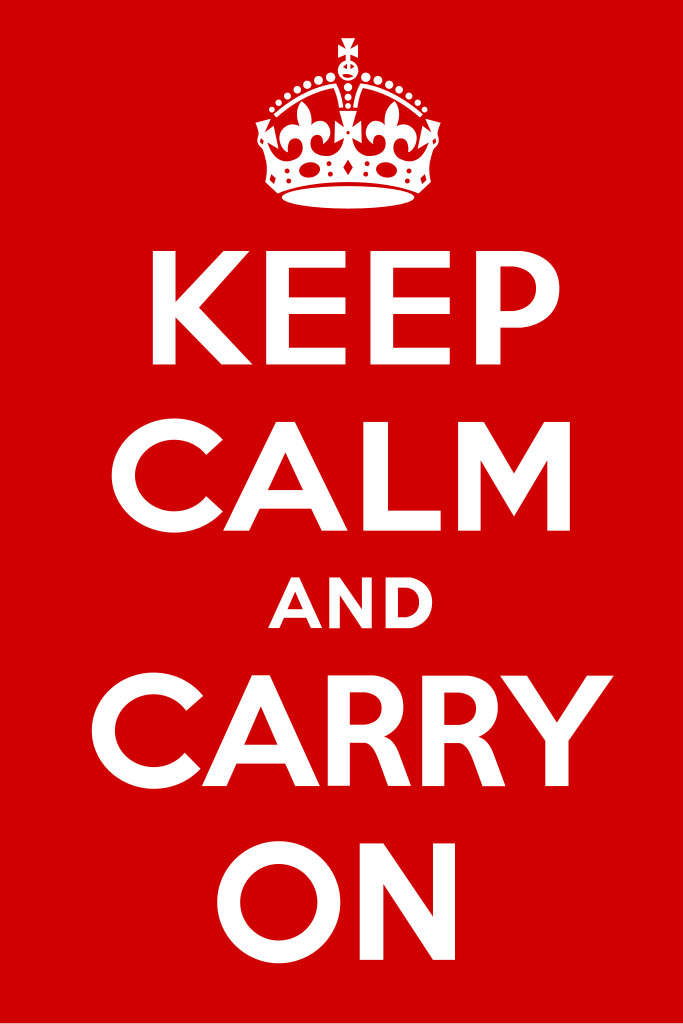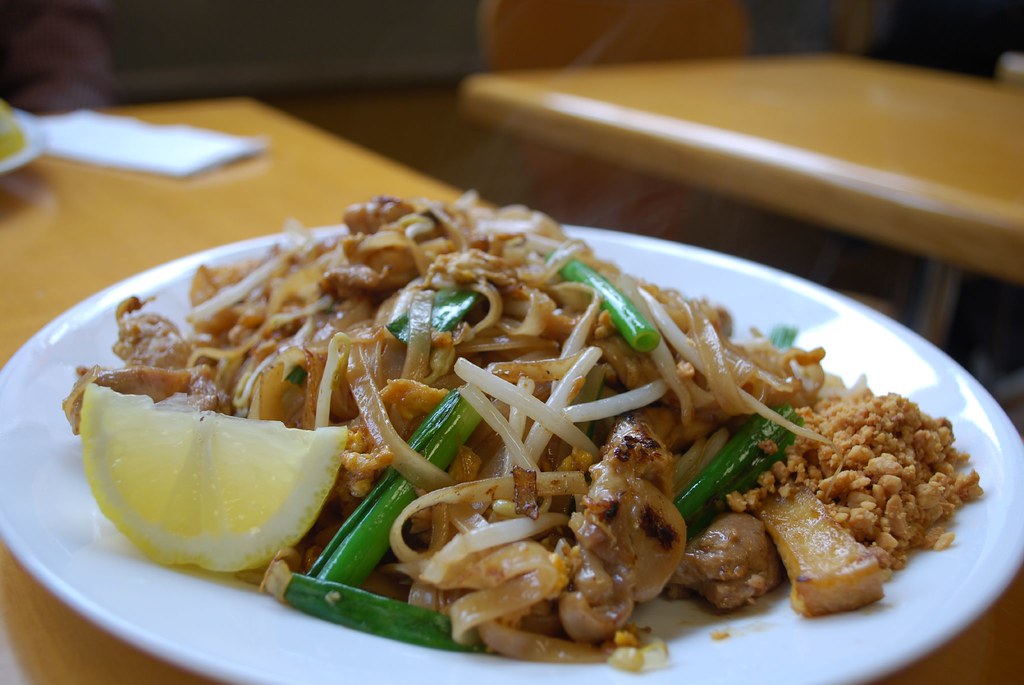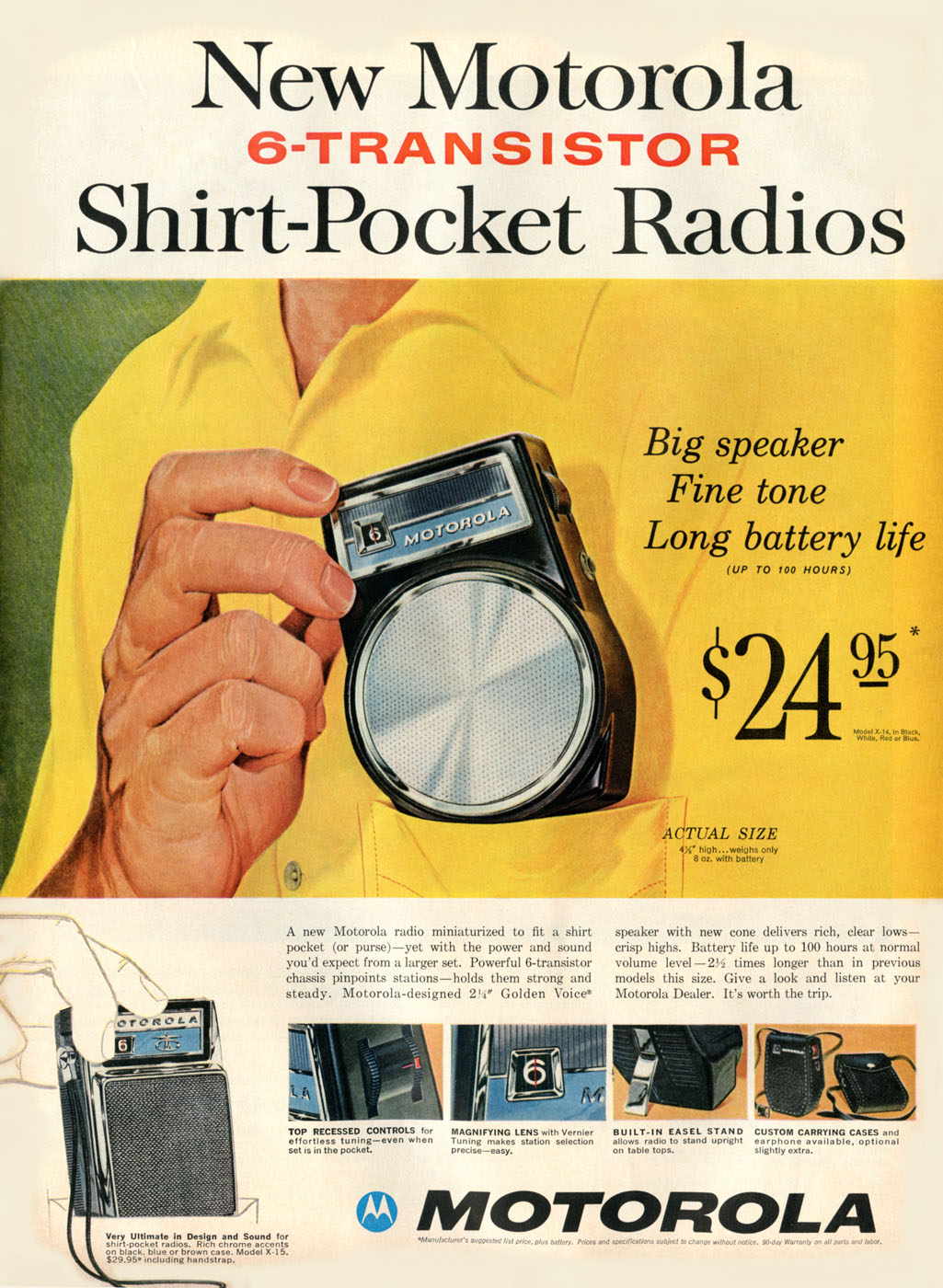 |
| Feisty with the smaller of the two blue bath mats. |
My cat, Feisty, kept sitting on my Spanish textbook while I was trying to study. I tried to move him, but he whacked my hand away indicating that he had no intention of moving. This is the same cat that dragged a giant solid rubber-bottom bathroom mat up a flight of stairs, down a hallway, and into another bathroom while still small enough to hold with one hand. That mat was at least twice his weight, but somehow he was able to accomplish this amazing feat many times. Now he is big enough to cover my Spanish textbook entirely, and he is not going to move if he doesn't want to - you cannot pick him up while he uses his disproportionate strength to push you away. In order to complete my Spanish studying, I needed to formulate a plan to get Feisty off the textbook.
While I was thinking, he fell asleep, covering parts of papers below the book. Eventually I remembered how he would sometimes wake up, sprint down a hallway, down the stairs, and stop right in front of his bowl seconds after hearing the sound of food being poured. So, I picked up the bowl, filled it with cat food and . . . he was right there, eating out of the bowl even before I put it on the ground. I finally was able to see the pages of my book and to return to studying. Luckily, after he finished eating, Feisty came back and sat
next to the textbook where he stared at me and fell asleep. This was a good compromise because I could now study and take breaks to pet him!
Debian Linux is arguably one of the most important
Linux distributions. Although many will say that it is not the best
Linux distribution, it was still important to the popularity of
Linux.
Debian was one of the first
Linux distributions, and provided an easy way to set up a
GNU/Linux system early on. Before
Debian, the most popular distribution was the
Softlanding Linux System, but this was considered buggy by its users. For this reason, Ian Murdock created
Debian - naming after his then-girlfriend Debra, and himself. In 1994, the first public release of
Debian, version 0.91, was hosted at
Pixar. The project rapidly picked up steam, but they still ran into some problems, such as when in November 2002 the building that housed the server burned down.
Debian names all of their releases after
Toy Story characters. This started in 1996, when
Debian 1.1 was named
Buzz. Since then they stopped naming minor releases, and the current version (
Debian 8) is named
Jessie. Major
Debian releases are scheduled to happen once every two years, and allow the user to upgrade without reinstalling (or nowadays, even needing to reboot). Also,
Debian uses the
Aptitude package manager in order to install software. The
Debian package manager has grown rapidly - in 2000 there were about 4,000 packages, and now it is well past 43,000 available packages.
Debian also has many advantages. For example, security problems are reported openly on the front page of their website, and many security bugs are fixed within 24 hours of getting reported.
Debian is also rather stable - it has very few noticeable bugs, especially in the oldstable releases. It also has releases which allow you to test out newer software before it gets incorporated into the main release. Another advantage of
Debian is that it supports a variety of hardware and has incredibly small memory usage. In its default configuration, it can run in 128 MB with a graphical interface, or 64 MB without graphics. Some extra software can be removed/replaced in order to make it fit in even less powerful systems. It can run on most hardware supported by the
Linux kernel.
If you are interested, you can download it
here (network installer) or
here (live installer). If you do not understand what I mean, I would suggest you use
UNetbootin to install it instead.
#slice2016












.jpg)







